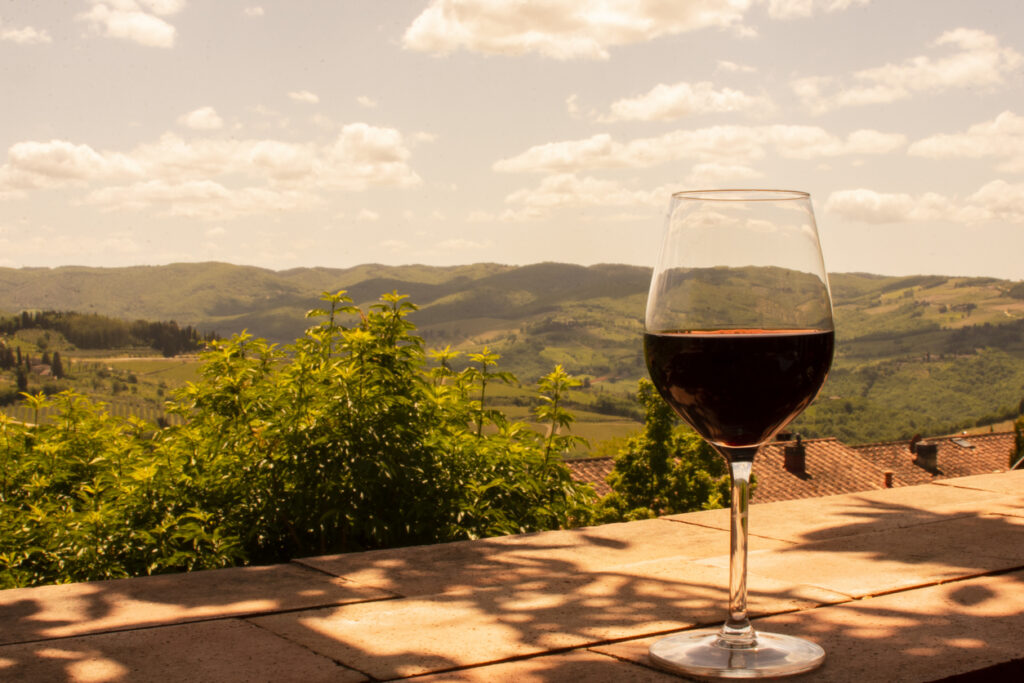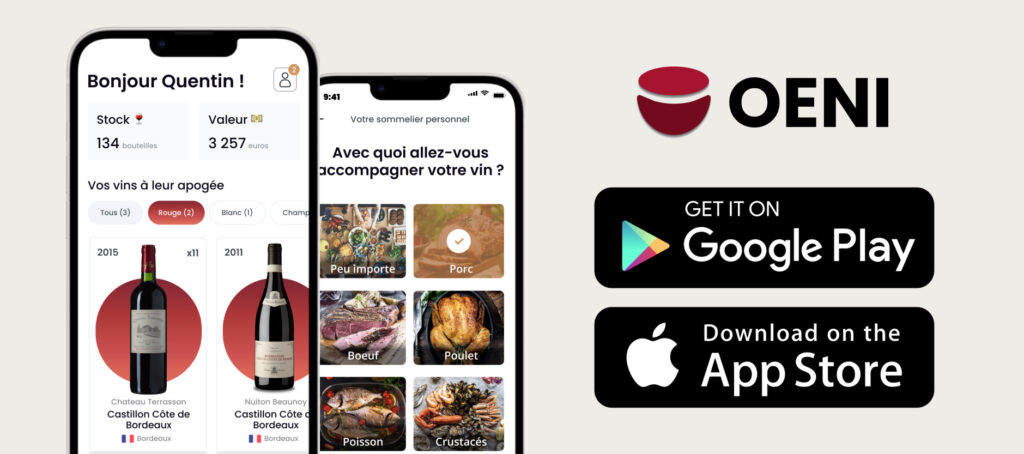Entering the world of wine can be daunting. Between regions, grape varieties and appellations, it's hard to know where to start. But you don't have to be an expert to appreciate a good bottle.
If you're interested in wine-related articles, download our app for IOS or Android. It will give you access to our wine lexicon, our articles and our innovative solution, designed for all wine consumers and collectors.
Start by listening to your palate
Before reading or buying a guide, you have to taste. Wine is learned through the mouth. Each tasting brings a new experience. You gradually discover what you like: dry white or fruity red, light or full-bodied, acidic or sweet.
Take mental or written notes. This helps you build your own language. Even without a technical vocabulary, you can describe your feelings. You are the first judge of your tastes.
Tasting under the right conditions

A tasting for beginners requires a minimum of preparation. Serve the wine in a suitable glass, preferably clear and tulip-shaped. Avoid strong odors around you. Taste at room temperature for reds, cooler for whites.
Take the time to observe the color, smell the aromas, then taste in small sips. This develops your senses and your concentration. The more you repeat the exercise, the more you refine your perception.
Familiarize yourself with the major wine families
To learn wine properly, it's helpful to classify the styles. Start by discovering :
- Light reds (Gamay, Pinot Noir, Cinsault)
- Powerful reds (Syrah, Cabernet Sauvignon, Malbec)
- Dry whites (Sauvignon Blanc, unwooded Chardonnay, Muscadet)
- Aromatic whites (Gewurztraminer, Viognier, Riesling)
- Provence and Loire rosés
- Sparkling wines (Crémant, Champagne, Prosecco)
- Sweet wines (Monbazillac, Muscat, Port)
This gives you a clear picture of your preferences.
Learn the basics of wine vocabulary
Wine vocabulary may seem complex. Yet it's based on simple concepts: fruit, acidity, bitterness, tannins, length, roundness, balance. You can learn these terms gradually, linking them to your sensations.
For example, a "round" wine seems soft and enveloping. A "dry" wine contains almost no sugar. A "long" wine leaves a lasting sensation after the sip. The more you use these words, the more you make them your own.
Using visual tools
Diagrams or aroma wheels make it easy to memorize. You can visualize the families of aromas: fruit, flowers, spices, wood, minerality. These tools make learning fun. They help you identify what you smell or taste.
Wine vocabulary then becomes concrete. It connects with your own sensory cues. This helps you to describe a wine more accurately, even without professional training.
Take part in supervised tastings
A wine tasting for beginners, supervised by a wine merchant or sommelier, will enable you to make rapid progress. You'll discover different styles of wine, compare them and ask questions. You're guided, without pressure.
Many wineries offer introductory workshops. You can also take part in local events or wine fairs. These occasions are ideal for learning about wine in a hands-on, convivial way.
Buy smart to discover more
There's no need to buy grands crus from the outset. Go for accessible appellations, PGIs and lesser-known estates. Successful tasting for beginners is based on diversity, not price.
Compose small themed selections: three reds from different regions, two dry whites and one sweet, or a discovery box. This allows you to compare and gradually build up your wine culture.
Reading to enrich your culture
Once the first sensations have been acquired, reading completes the learning process. Simple, illustrated books explain the basics. You'll discover regions, grape varieties and winemaking techniques.
You also develop your wine vocabulary. You'll better understand what "barrel-aged", "malolactic" or "terroir" means. You combine theory with taste experiences. This boosts your confidence and pleasure.
Use an application to find your way
A number of apps can help you learn about wine. They can help you record your tastings, recognize labels, or obtain information sheets on each wine. It's a great way to keep track of your progress.
So you can build up a personal notebook. You can compare your impressions and follow your tastes. Your wine vocabulary evolves along with your cellar and your curiosity.
Surround yourself with enthusiasts
Wine is best enjoyed with others. Share with friends, wine merchants, restaurateurs or club members. Sharing wine with others will enhance your discoveries and add to your enjoyment.
You become more open-minded. You taste unexpected things. You dare to ask questions. Tasting for beginners becomes a real social moment, simple and enriching.
Take your time without judging yourself
There's no right or wrong way to discover wine. The main thing is to listen to your desires, respect your rhythm and enjoy yourself. You have the right not to like a famous wine. You have the right to like a light rosé or a mellow white.
Each tasting brings you closer to your own style. Wine is a personal adventure. It's built on respect for yourself, your senses and your history.
If you enjoyed this article, don't hesitate to read the following one "Why are wine appellations a guarantee of typicity?"which may also be of interest to you!





